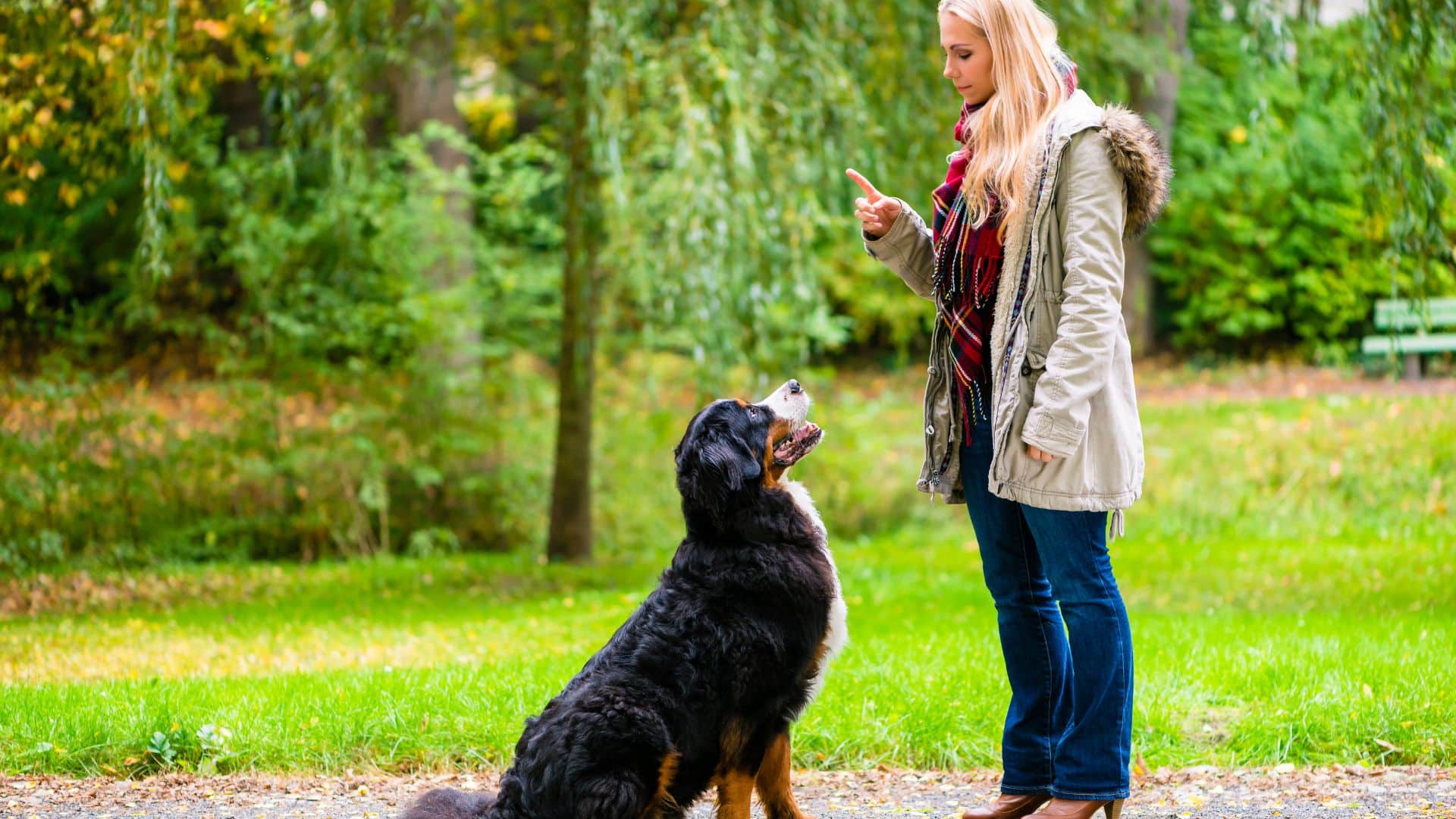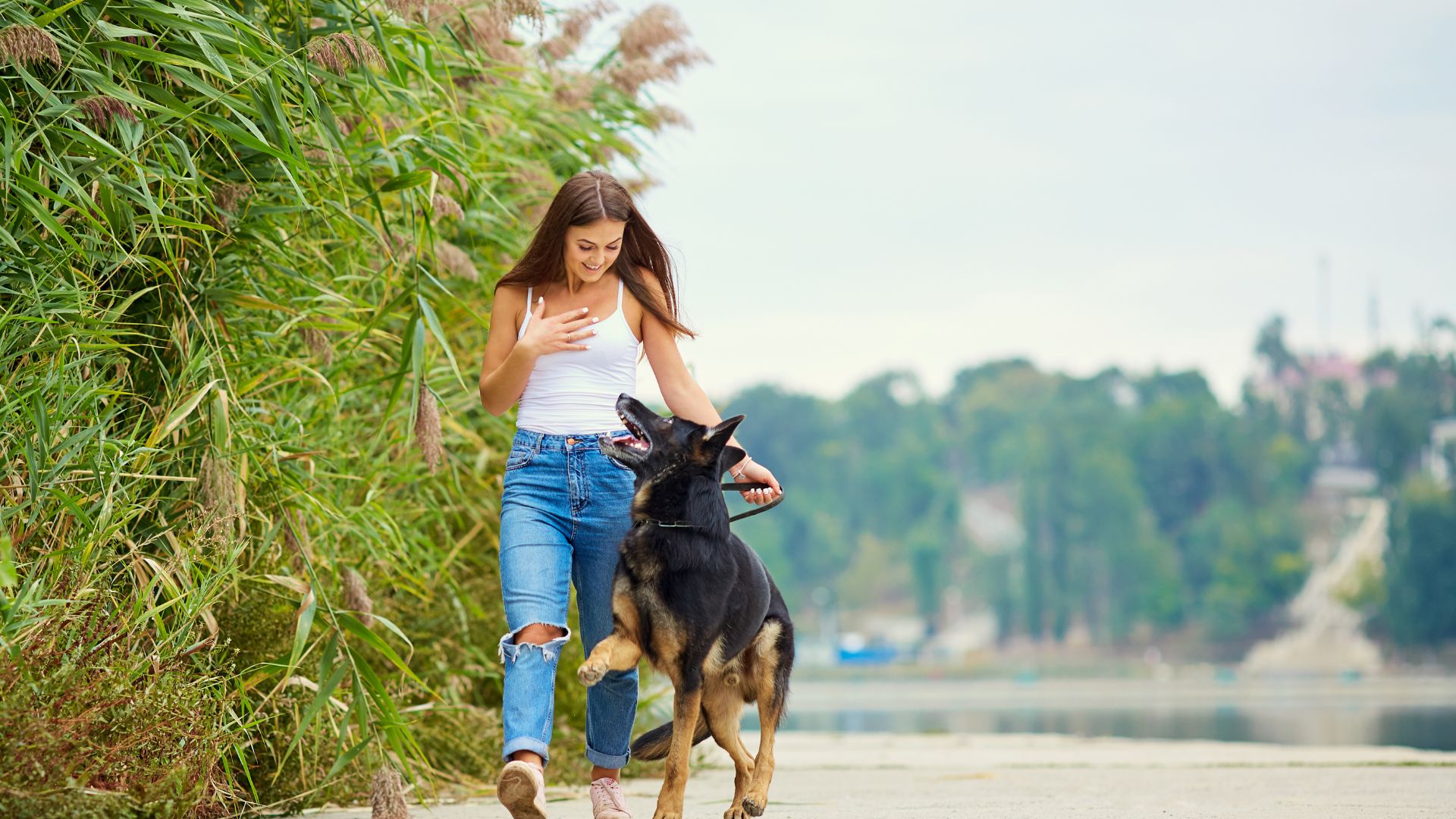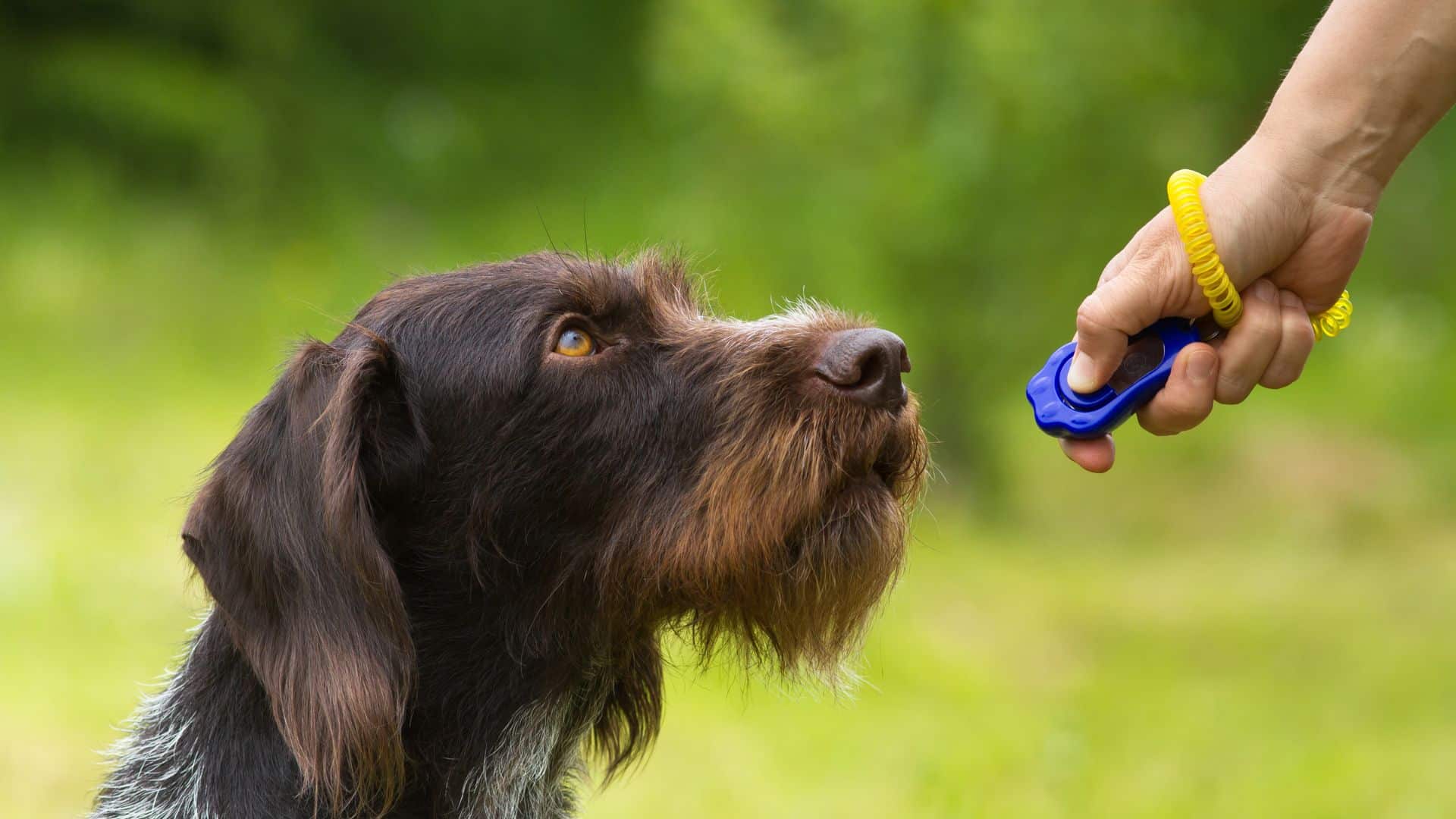A properly trained dog is a joy to have. Imagine telling your dog to do something, and it does exactly what you instructed it to do. What a feeling! Training your dog to be obedient is something you can do yourself. You will have lots of fun with your canine buddy in the process by the way.
Most of the new dog owners do not always know where to start the training at, or what commands to train the dog on. These quick tips on how to train your dog should be beneficial in these regards.
10 Quick Tips on How to Train Your Dog

Not everyone can afford professional dog training classes, although it is the best way to train your pooch. It could be a new dog, or you may want your current one to get some new skills. It does not matter what category you are in, here are some great tips that you can do yourself to train your dog.
#01. Have one goal at a time when you begin training your dog
The first great way to train your dog is to outline a concise step by step program. The training should start from very basic actions that are simple to understand. It could be how to use the potty, fetch an item or two, shake hands or sit down.
Furthermore, the secret is to have one objective at a time. Trying to teach your dog too much at a go will only confuse it more. When you decide to train your dog the sit command, concentrate on that until the dog gets it right.
This idea of teaching your dog when to sit, then you jump to the ‘come’ command and so on does not provide much room for learning anything. Jumbling up the training regime is no. Design a systematic approach and follow it to the letter. This works a lot of magic.
#02. Use clear and straight to the point signals and gestures
After the dog has correctly performed an action, use phrases that he can easily recall the next time you want a repeat of the same. Long sentences and phrases become hard for the dog to grasp.
Some of the clear and concise statements that you can use include: sit, come, down, leave it and stay. The use of long sentences should be limited. This helps you take control of your dog and get him out of trouble really quick.
#03. Provide treats with positive reinforcement training sessions
Making visible treats is a great way of getting your dog to do the right thing. She would strive to please you, knowing that there would be a treat after she has excelled. You might think of it as a form of bribery, but if it gets the dog to do what you want then why wouldn’t you use it?
However, do not reward bad behavior. This confuses the dog more and will not be able to differentiate between good and bad. The general principle is that the treatment should be given as a reward for good behavior and not to produce good behavior.
#04. Obedience training with instantaneous rewards

One of the very successful quick tips on how to train your dog is by giving instant rewards. The only way your dog knows that it is behaving accordingly is by being given a sort of reward for his actions.
To get more rewards, the dog would then have to work extra hard to earn them. It is more of like when we were kids in school. When given a reward for good performance, we strive to maintain it for more of the accolades.
Such congratulatory words such as “excellent boy” or “great job” do help a great deal in making your buddy feel good about himself. He has put a lot of work to please you in training. Being appreciative raises his spirits. During the next training sessions, he will surely feel elevated and attend with the tail wagging, prepared for the next trick you have.
#05. Practice, practice and more practice
They say practice makes perfect. After your dog learns a new trick, it is essential that you get him to do it over and over again until he has fully mastered it. If you only teach him the trick once or twice, it is very likely that he will forget it after a couple of other tricks.
Repeat the tricks some multiple times until you are convinced that the dog has gotten the hang of it. Just before you set out to do another trick, do some recap on what was learned during the previous training session. You should not pump trick after trick on your dog. He is just a dog, not a robot. Give him room to practice whatever has been learned.
#06. Take it slow and use short training sessions
As you train your dog, it does not help your course to rush him through the training. You should take the training command at a time. The dog should rest as much as possible after every training session.
Dogs may be smart, but they are not like humans. They need ample time to practice what they have learned for the day. This helps them retain as much as possible. If you feel like the dog is not in the mood to grasp new knowledge, then you should not force him to train.
The principle of the willing learner willing trainer applies here. Just as you might not feel like going out, then the dog might as well feel the same. Respect that.
#7. Use dog training classes with a professional dog trainer

Older dogs might require a professional trainer to address specific behavioral issues or to help with advanced training techniques. Additionally, a professional trainer can provide guidance and support to ensure that older dogs receive the appropriate physical and mental stimulation they need for a healthy and happy life.
A professional dog trainer will teach your new puppy how to have good dog behavior and socialize with other dogs and people. They will also help you establish a strong foundation of obedience training, which is crucial for a well-behaved adult dog.
#8. Find out how to use clicker training techniques
Utilizing a clicker is known to be an effective method when your dog barks excessively. By associating the sound of the clicker with positive reinforcement, such as treats or praise, you can train your dog to reduce their barking behavior.
Additionally, it is important to identify the underlying reasons for your dog’s excessive barking, such as boredom or anxiety, and address those issues alongside clicker training for better results. Most dogs will develop different behaviors according to the humane society of the United States.
#9. Combine advanced dog training with basic commands
Use verbal commands to teach your dog more complex tasks and behaviors beyond the basic commands. This can include training them to perform tricks, agility exercises, or even advanced obedience skills. By incorporating verbal commands into their training, you can effectively communicate with your dog and expand their capabilities beyond the basics.
Both you and your adult dog will learn each verbal command through consistent practice and positive reinforcement. Start by choosing clear and concise words for each command, such as “sit,” “stay,” or “come.”
Then, use these commands consistently in different situations, gradually increasing distractions as your dog becomes more proficient. Remember to reward your dog with treats or praise when they respond correctly to reinforce the desired behavior.
With patience and consistency, both you and your adult dog will become fluent in understanding and following verbal commands. Food-motivated techniques are known to work well for many dogs, but it’s important to find what motivates your specific dog the most.
#10 See how your dog responds to crate training
Your pup will like to go for walks in the park or other public spaces. Crate training can be a great way to provide your dog with a safe and comfortable space, as well as help with house training and preventing destructive behavior.
Other dogs hate being confined to a crate and may become anxious or stressed. It’s important to observe your dog’s behavior and body language to determine if cage training is suitable for them.
Different Types of Dog Training Techniques

According to the American Kennel Club dog training techniques can be categorized into several different types. One common type is positive reinforcement training, which involves rewarding the dog for desired behaviors with treats, praise, or play.
This method focuses on reinforcing good behavior rather than punishing bad behavior. Another type is clicker training, where a clicker is used to mark the desired behavior, followed by a reward.
Your dog’s nose is another powerful tool in training. Scent training involves teaching your dog to recognize and track specific scents, which can be useful for search and rescue or hunting purposes.
Leash training
Because they offer a visual cue that the dog can easily understand, hand signals are well-known for being effective in training dogs. By using hand signals, you can communicate commands to your dog without relying solely on verbal cues. Also, socialization training is important for dogs to learn how to interact with other animals and people in a positive and appropriate manner.
Potty training
See how your dog performs after a few weeks of consistent potty training. It is important to establish a routine and take your dog outside regularly to the designated potty area. Positive reinforcement, such as treats or praise, can be used to reward your dog for going to the right place. Consistency and patience are key to successfully potty training your dog.
Crate training
Placing your dog’s favorite toy in their crate is a helpful way to make them feel more comfortable and secure in their designated space. Gradually increasing the amount of time your dog spends in the crate can also help them adjust to being confined.
Obedience Training
Teach your dog new behaviors with positive reinforcement techniques, such as using treats or verbal praise. Consistently practicing commands and rewarding your dog for obeying them will help reinforce good behavior and strengthen the bond between you and your pet.
Clicker training
As a pet parent, you need to explore different training methods to find what works best for your dog. Clicker training is a popular method that uses a clicker to mark desired behaviors, followed by a reward. This technique can be effective in teaching your dog new commands and tricks, as the clicker serves as a clear signal for your dog to understand what behavior is being rewarded.
Conclusion
To maximize your training efforts, reward every good deed. This motivates the dog to repeat the same trick the next time. Cheese and small pieces of meat can act as very good motivators.
Keep the training sessions short and precise. This prevents you from overwhelming your dog. Patience is another virtue you should have. Different dogs will have different learning rates. If yours is kind of slow, do not worry.
Last Updated on 16/03/2025 by Karen Snow
Hi! I’m Karen and a certified dog lover. As a freelance writer and blogger, I do my best to squeeze in some time with my dogs, learning more about the way they act and how I can make sure that they continue to stay well-cared for by yours truly.
My dogs have helped me through a lot, and this is my way of giving back to them! Besides animals, I also love to travel and cook, having explored my country’s restaurants and unique places. Follow me as I show you all the amazing tips and bits of information I learn along the way about our furry friends!
